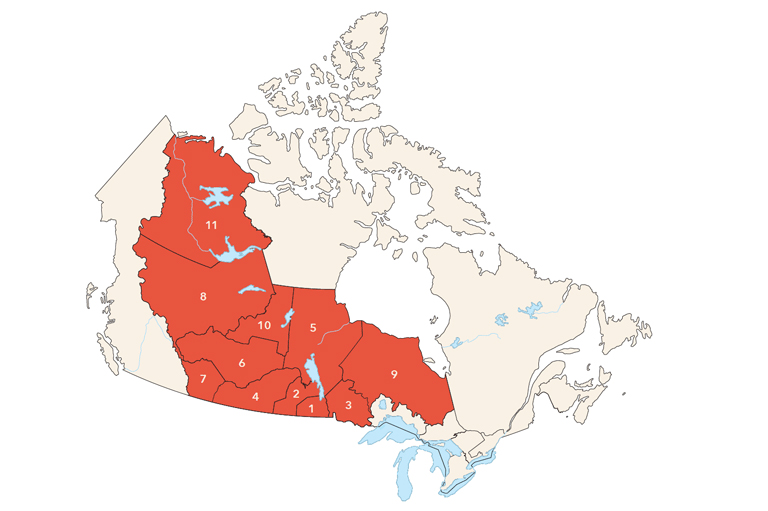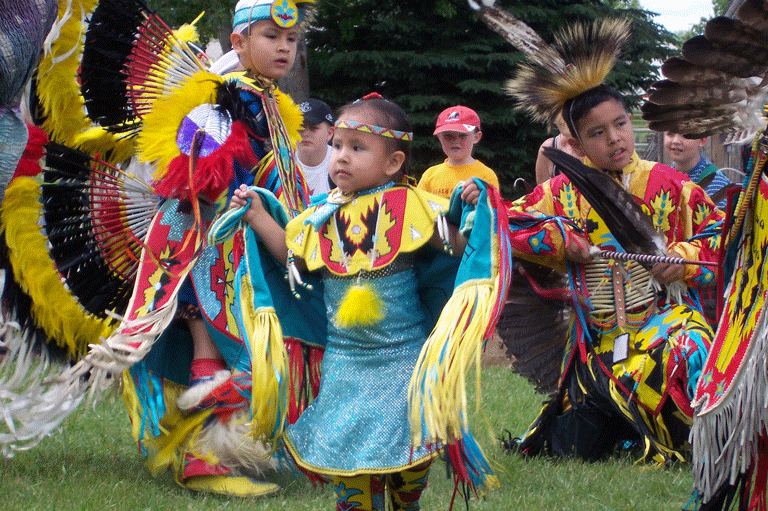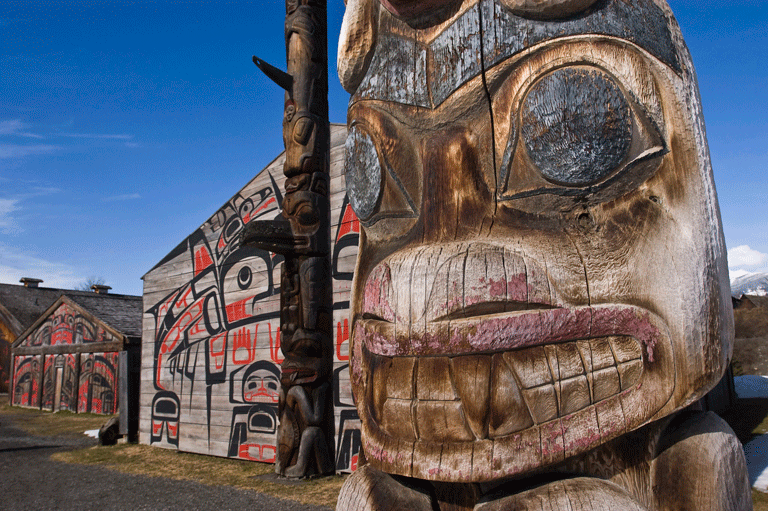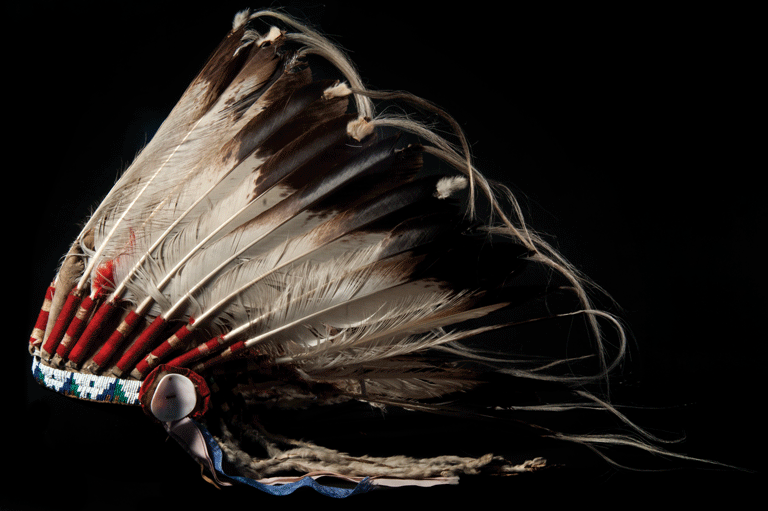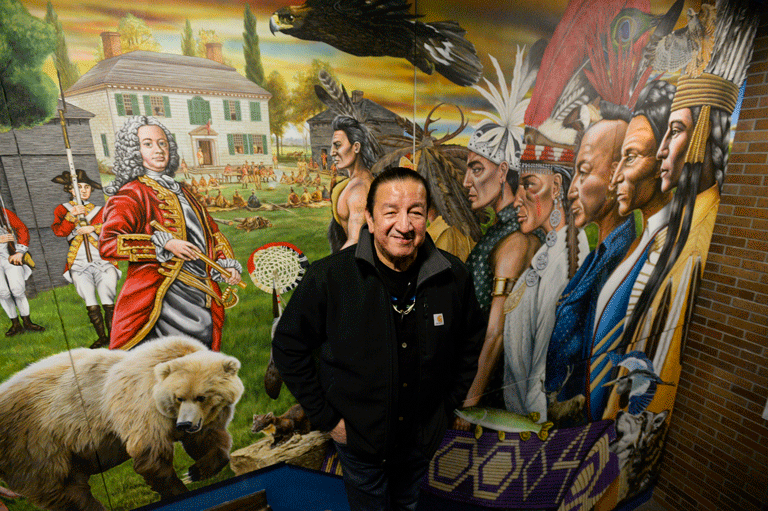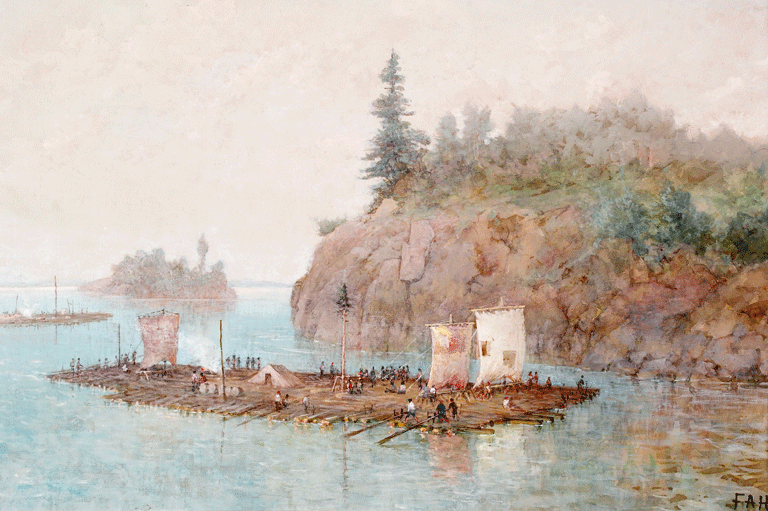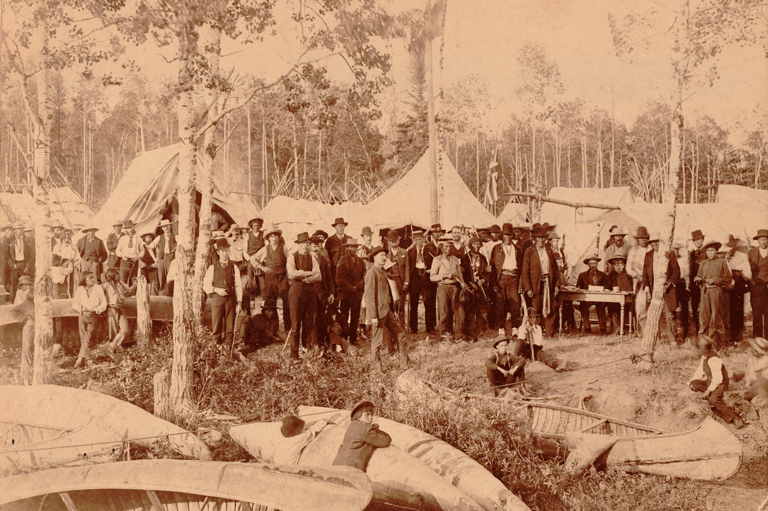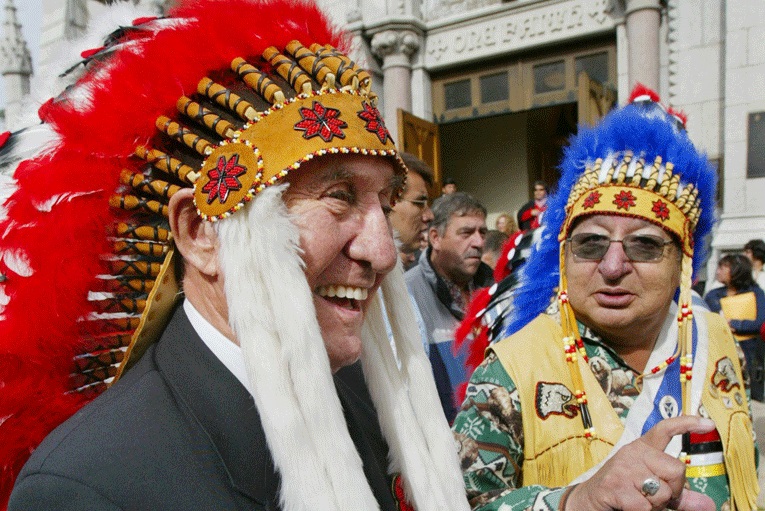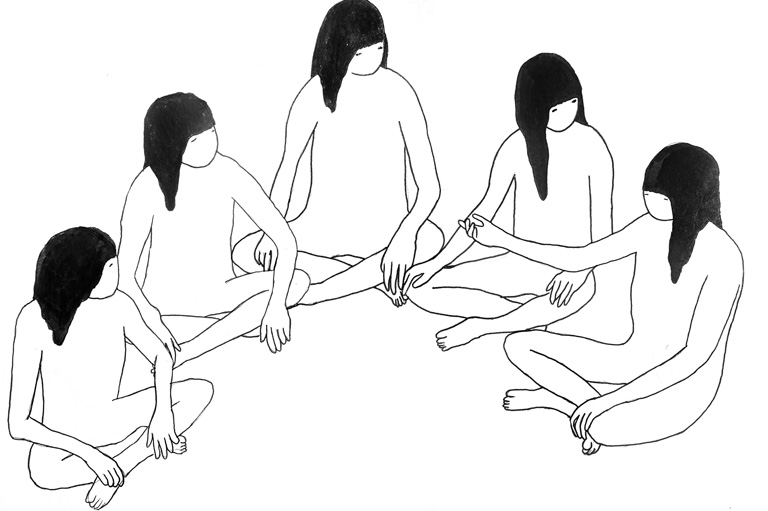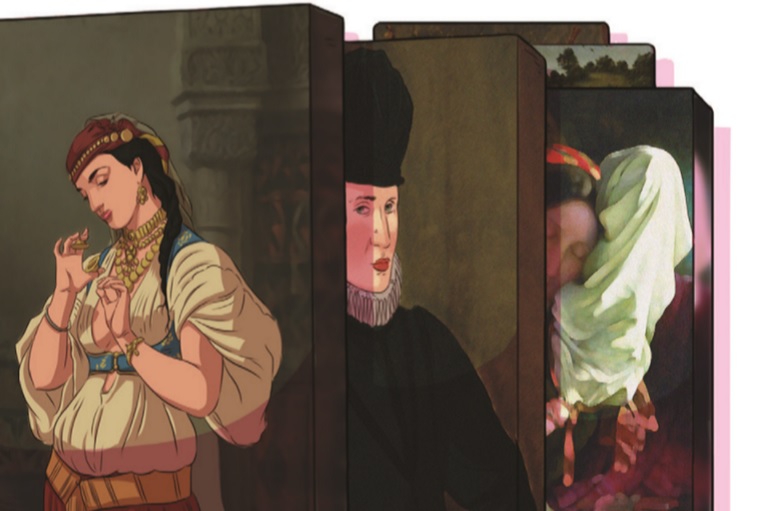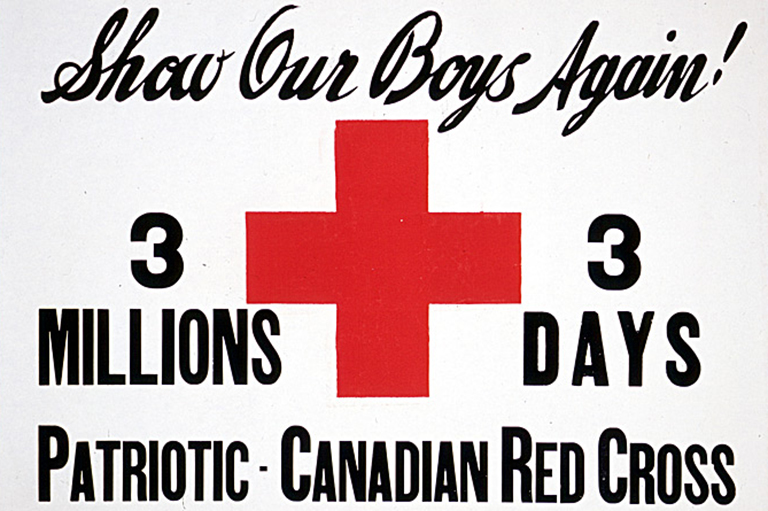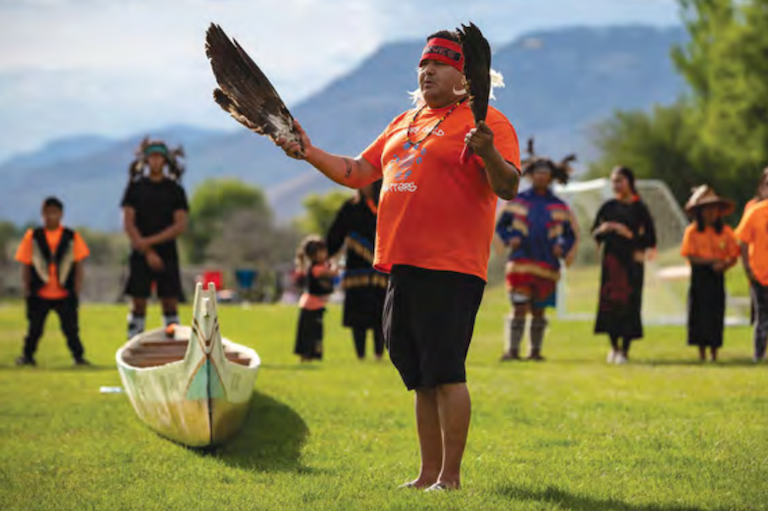Reimagining History: "Righting" Treaty Wrongs
Grade Levels: 7/8, 9/10, 11/12
Subject Area: Social Studies, History
This lesson is based on the article “Living Well Together” written by Aimée Craft in the Treaties and the Treaty Relationship issue of Canada’s History magazine.
Lesson Overview
In this lesson students examine the idea of justice as it applies to Treaty interpretations. They explore First Nations and non-First Nations worldviews, recognizing that in the past Canadian law has been used as a tool of dispossession in relation to First Nation peoples, lands, and resources.
Time Required
Two to four class periods
Historical Thinking Concept(s)
- Analyze cause and consequence
- Take historical perspectives
- Understand the ethical dimension of historical interpretations.
Learning Outcomes
Students will:
- Explore how Canadian law and institutions have been used as tools to suppress/oppress First Nations peoples.
- Recognize that First Nations and the Crown had differing worldviews at the time of Treaty-making.
- Identify the current consequences assimilatory laws have had on First Nations and non-First Nations peoples in Canada.
- Analyze and evaluate historical decisions and propose suggestions for a just future.
The Lesson Activity
Activating: How will students be prepared for learning?
- Write the question “What is justice?” in the centre of the whiteboard.
- Pass out sticky notes, all the same colour– one to each student. Instruct them to respond.
- Collect the notes and affix them to the board.
- Read student responses and engage in a class discussion. Lead the session by noting the differences in definitions of justice.
- Write a second question on the whiteboard (do not erase the first): “Why is it difficult to define justice?”
- Pass out a different colour of sticky note – one to each student. Instruct them to respond.
- Collect the notes and affix them to the board.
- Read student responses aloud. Invite participation.
- Invite a student/s to come to the board and collect any sticky notes that contain these words:
- Perspective
- View
- Worldview
- Perception
- Viewpoint
- Opinion
- Interpretation
- Understanding
- Or any other term or phrase meaning the same
- Read aloud the collection of sticky notes. Ask: How does one’s worldview affect their understanding of justice?
- Guide and assist a class discussion.
Acquiring: What strategies facilitate learning for groups and individuals?
- Read aloud the following extract from the article “Living Well Together” (p. 35):
Anishinaabe law tells us that land is not to be owned. Rather, we are in a relationship of respect with the land, with a sense of belonging to the land or “being of the land.” Non-Indigenous legal systems, however, are primarily based in ideas of land ownership and possession.
- Ask: Considering these two worldviews/perspectives, how may the concept of justice/fairness be seen differently by each?
- Explain how Canadian law has often served as a tool to oppress First Nations and Treaties were oftentimes not implemented in a way that bettered the life of First Nations peoples. Treaty rights – guarantees for a shared nationhood within Canada – became Treaty “wrongs.”
- Read the extract on page 38:
The law of Canada has been employed as a tool of dispossession in relation to Indigenous peoples, lands, and resources. Indigenous peoples view Treaties not as a fixed set of terms but rather as relationships of respect and reciprocity that are meant to be renewed. The Treaty relationship was meant to evolve over time, based on non-interference and respect for each other and for the land that was shared.
Applying: How will students demonstrate their understanding?
- Provide students with copies of the magazine and access to the Internet.
- Instruct the students to turn to page 38 in the magazine.
- Read aloud the section entitled “Treaty rights and wrongs” that focuses on: the pass system, the reserve system/forced agriculture, Indian Residential Schools, and the Delagamuukw case.
- Invite questions, encourage discussion.
- Hand out BLM #8.1 – one per student.
- Instruct them to complete Sections I and II.
- After sections I and II have been completed, organize a “speed dating” sharing session.
- Students arrange themselves so that each person is sitting across from one other person.
- Instruct students to provide an overview of their research. Time each session at one to two minutes.
- Have the students switch three to five times, hearing from and sharing with several, if not all, classmates.
- Once the speed dating session has concluded, instruct students to complete Section III on the activity sheet.
Materials/Resources
- Copy/copies of the Treaties and the Treaty Relationship issue of Canada’s History magazine
- Sticky notes – two different colours
- BLM #8.1 – one per student
- Access to Internet for research
Extension Activity
Instruct students to create a pamphlet of essential knowledge regarding First Nation people (history, Treaties, etc.) used a teaching tool for Canadians aimed at reconciliation.
Lesson Plans
Themes associated with this article
Advertisement
Adaptations for grades 3-6

Encouraging a deeper knowledge of history and Indigenous Peoples in Canada.
The Government of Canada creates opportunities to explore and share Canadian history.

The Winnipeg Foundation — supporting our shared truth and reconciliation journey.

We contribute to the well-being of the communities we serve through grants, scholarships, sponsorships, fundraising, volunteering and collaborative relationships with community partners.

